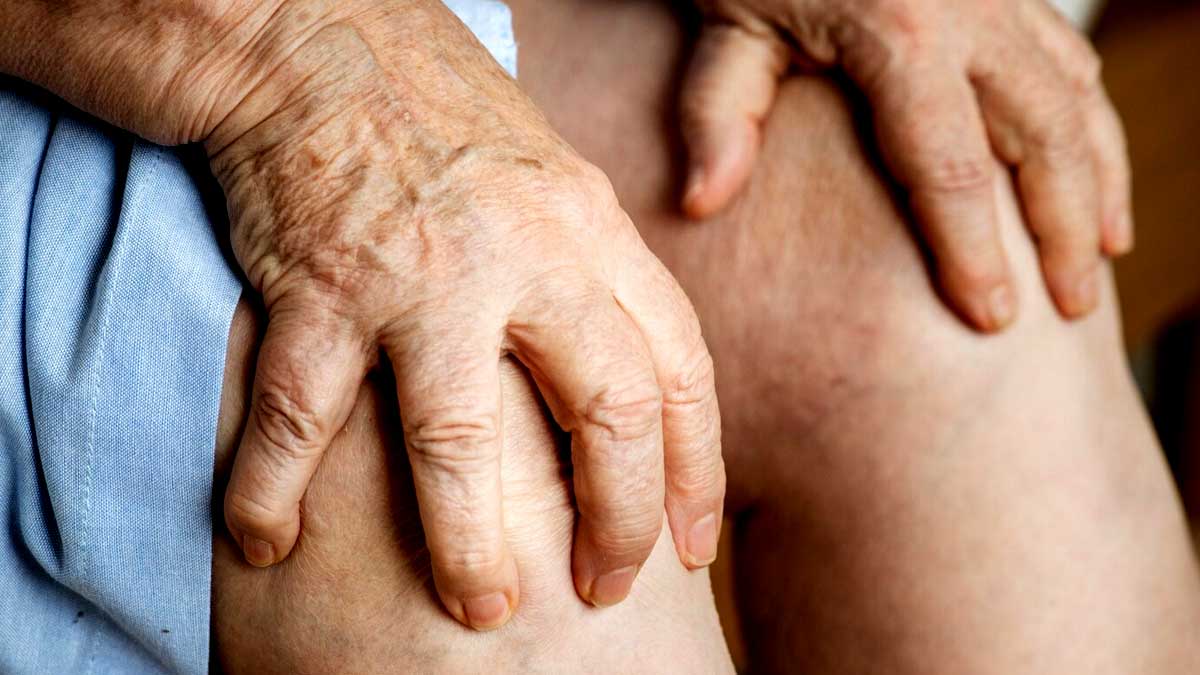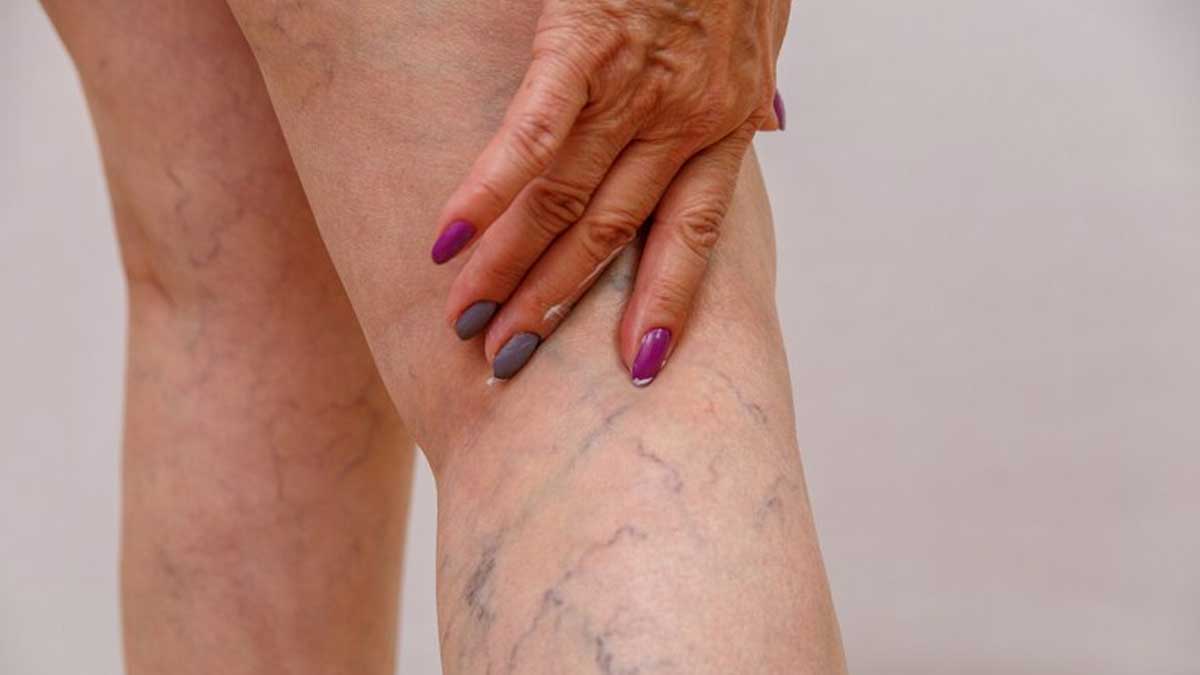
Deep Vein Thrombosis (DVT) is a life-threatening condition that is caused by the formation of a blood clot in the deeper veins of the body, more commonly the lower leg, thigh, or pelvis, as shared by the Centres Of Disease Control And Prevention (CDC). However, they further informed that DVT can occur in the arms as well.
Table of Content:-
The CDC called for heightened awareness about DVT as it can happen to anyone and at any time, leading to serious complications that could result in lifelong disability or death. Thus the team of OnlyMyHealth spoke to Dr Santosh Patil, Consultant, Neuro And Vascular Interventional Radiology, Manipal Hospitals, Pune, who shared the good news that DVT can be prevented and treated if it is discovered on time.
DVT Symptoms And Risk Factors

The National Disability Navigator shared that DVT is often underdiagnosed and affects almost 900,000 United States (US) citizens annually. Additionally, more than 100,000 people die from blood clots each year in the US. This magnanimous ratio from one country alone highlights the importance of being aware of DVT. Sharing its symptoms, Dr Patil listed:
- Cramps and throbbing pain in the leg around the calf.
- Swelling in the leg.
- Redness and darkening of the skin around the painful part.
- Warm temperature around the painful area.
- Hardened and swollen veins that can be felt on the touch.
“If you are wondering about the factors that can put you at a heightened risk of developing DVT, here are some behaviours and conditions you should consider,” said Dr Patil:
- Increasing age.
- Prolonged bed rest, inactivity, or reduced mobility.
- History of DVT or pulmonary embolism.
- Cancer.
- Vein diseases like varicose veins.
- Smoking or nicotine use.
- Birth control pills or hormone therapy
- Pregnancy
- Overweight or obesity.
- Blood-clotting disorder
How To Stop DVT From Coming Back

Those who have suffered from DVT know how anxiety-inducing it can be. DVT should not be taken lightly and can lead to serious consequences, shared Dr Patil:
- Pulmonary Thrombo-embolism: “The blood clot in the leg veins dislodges and travels to the lung, to cause this life-threatening condition. Pulmonary Thromboembolism (PT) is highly fatal and can cause heart failure. People with PT present with shortness of breath, chest pain, and blood in their cough, and can collapse immediately if the clot is massive,” he stated.
- Chronic DVT And Post-thrombotic Syndrome: “In DVT cases caused due to standing for too long every day, patients generally suffer from post-thrombotic syndrome with symptoms of leg heaviness, swelling, skin discolouration and ulcers,” added Dr Patil.
Also Read: 6 Things To Know For Managing Deep Vein Thrombosis During Pandemic
However, the biggest concern with DVT is that it poses the risk of coming back after treatment. According to a study by the Iranian Society of Atherosclerosis, the incidence of DVT recurring after the first attack is quite high. To reduce your chances of getting DVT a second or a third time, here is what you can do, as advised by Dr Patil:
- Take regular walks.
- Avoid dehydration.
- Do not sit or stand still for long hours at a time.
- Keep the affected part of your body raised as far as possible when sitting.
- Use compression stockings regularly.
- Avoid smoking, tobacco, and alcohol.
In conclusion, DVT is a serious illness that deserves more awareness and attention. You might have suffered from DVT in the past and came out of it unscathed. That doesn’t mean DVT is not waiting around the corner to mess with your health and life again. Hence, make it your habit to be physically active, drink plenty of water, consume a balanced diet, and live a healthy DVT-free life.
Also watch this video
How we keep this article up to date:
We work with experts and keep a close eye on the latest in health and wellness. Whenever there is a new research or helpful information, we update our articles with accurate and useful advice.
Current Version